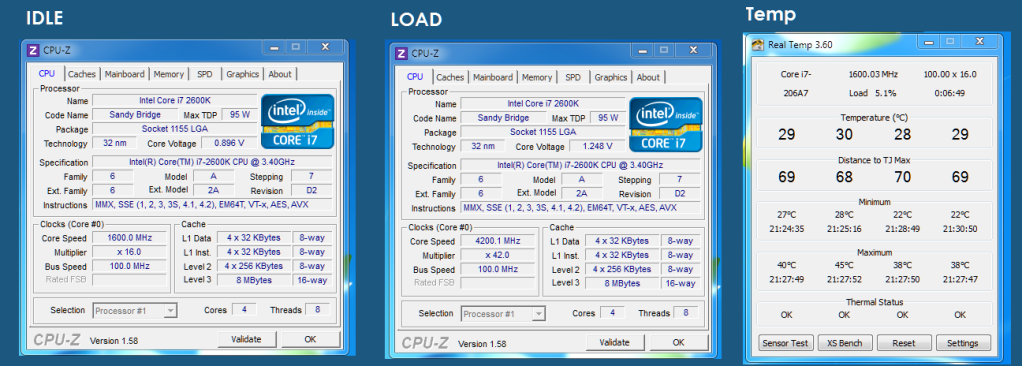Excellent news thanks for letting us know

the original post needs updating now
Please remember that any mention of competitors, hinting at competitors or offering to provide details of competitors will result in an account suspension. The full rules can be found under the 'Terms and Rules' link in the bottom right corner of your screen. Just don't mention competitors in any way, shape or form and you'll be OK.







What PSU have you got? Hope my 600W is up to it - Seasonic so hopefully be ok.

Actually it's a 3 year old Akasa Paxpower 460W xD
 My Killawatt shows that I'm pulling 90w from the wall at idle and 295w during a Furmark run. Happy with that.
My Killawatt shows that I'm pulling 90w from the wall at idle and 295w during a Furmark run. Happy with that. 
Nice efficiency there EddieMy Killawatt shows that I'm pulling 90w from the wall at idle and 295w during a Furmark run. Happy with that.



i think they are just the range that it can do..Do my eyes deceive me, or can that use substantially higher RAM voltages than the regular SB line?

Ok, just trying to suss out one key question: when people talk about "safe" voltages (i.e. don't go over 1.35 or 1.38), does that take vdroop into account?
For instance, would it considered to be within these safe limits to key 1.42 into the BIOS if I knew that actually translated to 1.36 as shown in CPUZ due to vdroop?
Basically - is it BIOS-set or actually monitored load vcore that we're talking about?
 some screenies btw my pc runs 24/7/365.
some screenies btw my pc runs 24/7/365.
sandybridge is the new q6600. I've just ordered mine, should be here tuesday or wednesday



My understanding of manual voltage is that the manual voltage input becomes constant no voltage stepping! so I prefer to use voltage offset. With regards vdroop thats should be seen by monitoring core temp/cpuz voltages and making the necessary adjustments. My overall feeling about 1.42v is why risk itsome screenies btw my pc runs 24/7/365.
I always found DVID(Offset) far more unstable on my gigabyte board, idle bsods... Windows not booting... Instant BSOD in prime 95. But using Load Line Levels and Set volts it works perfectly.

